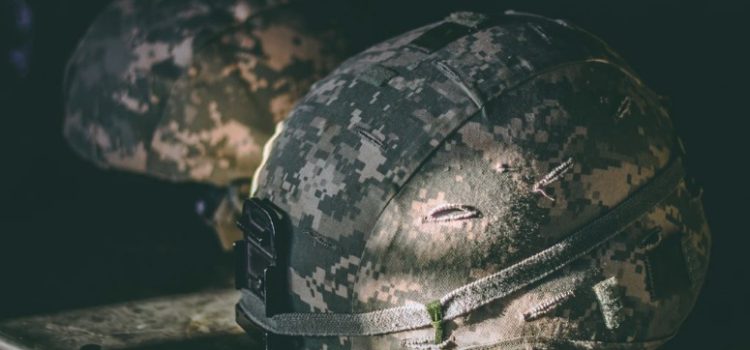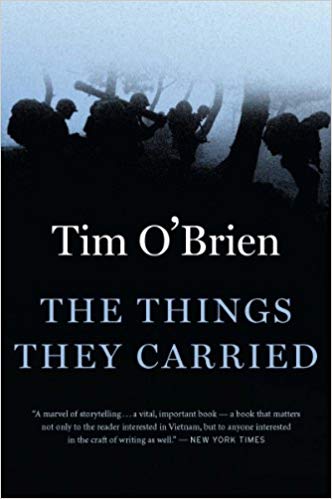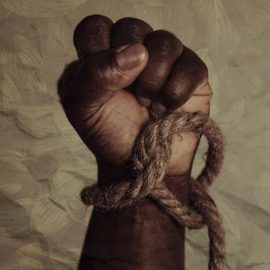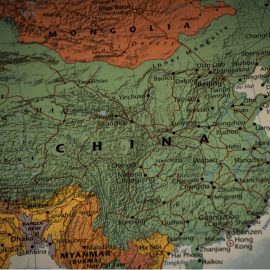

This article is an excerpt from the Shortform summary of "The Things They Carried" by Tim O'Brien. Shortform has the world's best summaries of books you should be reading.
Like this article? Sign up for a free trial here .
Is there truth in fiction? How do we identify the truth of fiction? In what ways is fiction actually truer than nonfiction?
We’ll look at Tim O’Brien’s treatment of the theme of truth in fiction in his classic The Things They Carried to see how in war depictions, what’s true may not be best represented by a series of facts.
Truth in Fiction
The Things They Carried is a collection of interconnected short stories about the experiences of a company of young American men serving in the Vietnam War. The book blurs the line between fiction and autobiography, truth and fiction. It is told mainly from the first-person perspective of a middle-aged writer named Tim O’Brien, who is looking back on his time during the war. Tim O’Brien, however, is also the name of the actual author of The Things They Carried—it is unclear if the main character (and narrator) of the book is meant to be the same person as the author (who is also a Vietnam veteran).
The blending of fact and fiction is further developed as O’Brien tells us throughout the book that many of the tales we have read are not literally true. Rather, they are stories whose embellishments and fantastical qualities convey to the reader the full scale of the horror and emotional trauma of war. Because they produce what he deems to be the appropriate emotional reaction in the reader—one of shock, revulsion, and even disbelief—O’Brien deems this collection of stories to be truer than actual truth. They bring the experience of Vietnam to life in a way that a straight retelling of the facts never could.
Story-Truth Versus Happening-Truth
A frequent theme throughout the book is how telling fictionalized narrative stories brings true experiences alive. O’Brien discusses the difference between happening-truth and story-truth. Happening-truth is just the literal recounting of events that happened, while story-truth is imbued with fictional or exaggerated elements. Story-truth, however, is more real, because its sensationalized features more fully convey to the reader the emotional power of what happened. Stories can be truer than truth, and there’s truth in fiction.
O’Brien experiments with this theme throughout the book, by relating emotionally traumatic episodes to us (like his killing of a young Vietnamese soldier), only to reveal to us later in the narrative that they did not actually happen the way he told us. Nevertheless, the stories are “true” because they convey to us what it felt like for O’Brien to be in these situations in a way that the literal truth (or happening-truth) never could.
He notes that true war stories aren’t parables—they’re not meant to instruct, impart morals, serve as examples of good conduct, generalize, or engage in abstraction. What makes the story true is the reaction it produces, not the content itself. Thus, something may happen and still be a complete lie, while another thing may be pure fiction and yet truer than the actual truth.
The Truth of Fiction
Looking back after Vietnam, O’Brien ponders what makes a “true” war story. He notes that true war stories aren’t parables—they’re not meant to instruct, impart morals, or serve as examples of good conduct. True war stories also don’t generalize or engage in abstraction. Even adages like “war is hell” are unbelievable to O’Brien because they lack the gut-punch sensation and raw disgust that such a story is meant to provoke. What makes the story true is the reaction it produces, not the content itself. Thus, something may happen and still be a complete lie, while another thing may be pure fiction and yet truer than the actual truth. This is truth in fiction.
True war stories instead convey the emotional weight of the war experience. As such, obscenity and cruelty are central elements of this kind of storytelling because war is an obscene, vile, and dehumanizing experience.
Here’s an example of truth in fiction. He recalls a story Rat Kiley told him. Rat had served with a man named Curt Lemon who was known for volunteering for the most dangerous combat assignments, like late-night reconnaissance missions and patrols. Lemon was also celebrated for being a daredevil with what his fellow soldiers saw as a terrific sense of humor. According to Rat, Lemon once went out to a Vietnamese village, nude except for a mask and full body paint, to go “trick-or-treating,” bewildering the villagers in the process.
Unfortunately, Lemon was killed in action when he accidentally stepped on a landmine while he and Rat were goofing off by tossing smoke grenades back and forth. The men even had to retrieve Lemon’s mangled remains out of a tree, during which Dave Jensen sang the song “Lemon Tree,” laughing in the face of death once again. Rat tells O’Brien that he wrote a letter to Lemon’s sister, telling her how much he loved her brother. When he didn’t hear back from the sister, Rat was dismayed, then angered. In the coarse and brutalized language which the men have adopted, he tells O’Brien that “the dumb cooze” never wrote back.
O’Brien notes that the coarseness of Rat’s language is what makes the story true, because it reflects the harshness of Vietnam. It is important that Rat says the vulgar “cooze,” and not “woman,” “girl,” or even “bitch.” He also observes that it is nearly impossible to arrive at literal truth in the fog of war. Memory is unreliable (especially after time) and every witness remembers things differently. Often, the wildest elements of the story are true and the most banal aspects are false. This is why there’s often more truth in fiction than in facts.
Reflections on Truth in Fiction
O’Brien now reveals to us that much of the narrative we have been following is invented. He did not, for example, actually kill the young North Vietnamese soldier with the grenade. But he did witness the young man’s death, and for O’Brien, his presence, his witnessing, has been enough to trigger a lifetime of guilt and trauma.
He reminds us that the narrative that makes up a story is often more true than a literal recounting of the events that actually transpired. He defines this as story-truth vs. happening-truth. He notes that the story-truth (like the biography of the young Vietnamese soldier and how O’Brien lobbed the grenade at him as he passed by) brings the emotions of the war into the present in a way that happening-truth never could. He might as well have killed the young man, because that is how he’s experienced the event for all these years—this is why he chooses to tell the story this way. This is truth in fiction.
———End of Preview———

Like what you just read? Read the rest of the world's best summary of "The Things They Carried" at Shortform . Learn the book's critical concepts in 20 minutes or less .
Here's what you'll find in our full The Things They Carried summary :
- What the Vietnam War was like for soldiers on the ground
- How Vietnam soldiers dealth with the psychological stress of death around them
- How fictional stories can be truer than the truth






